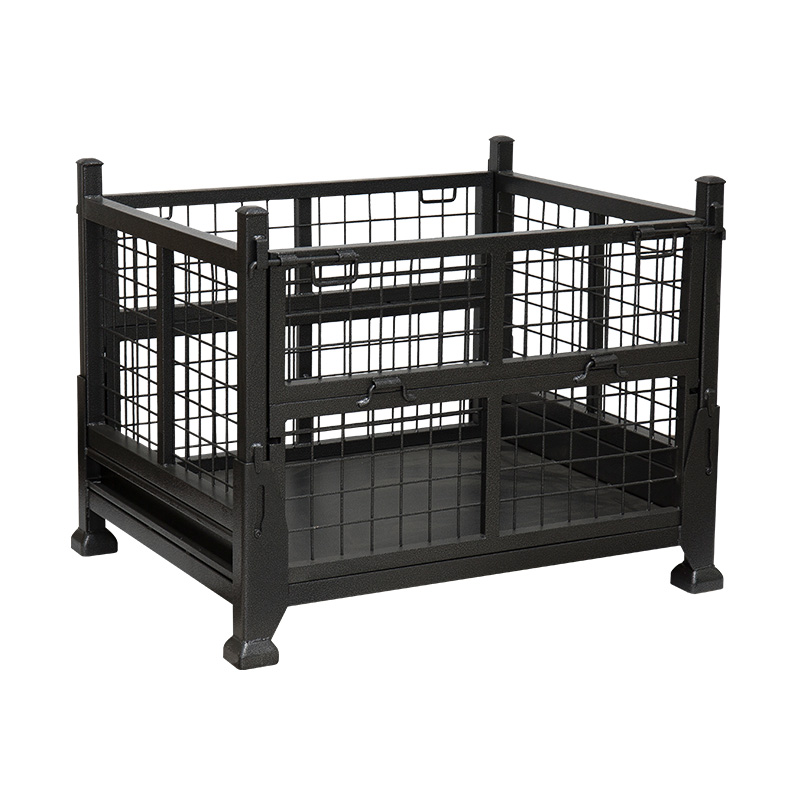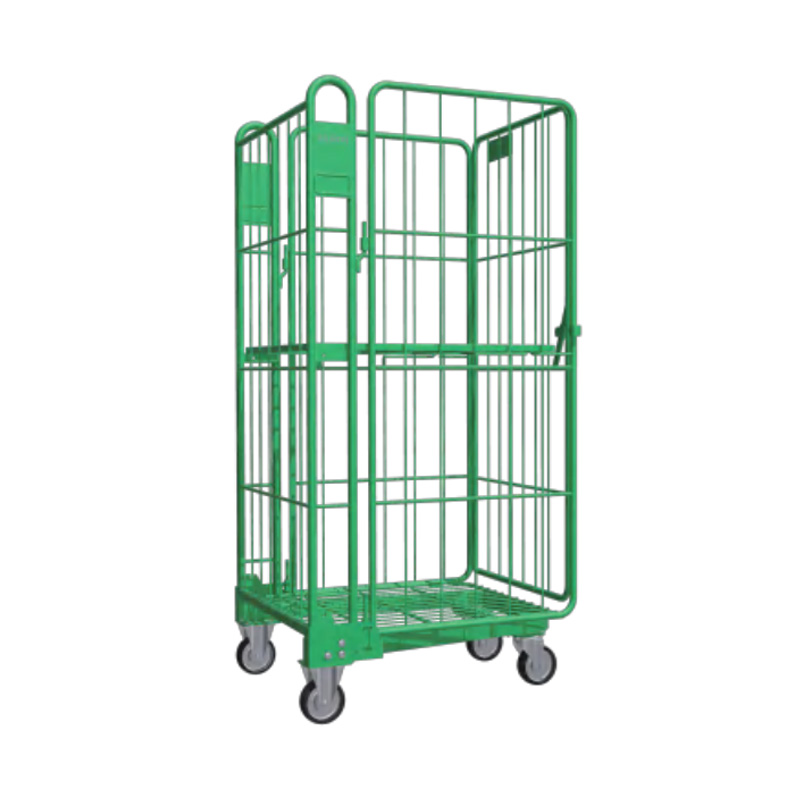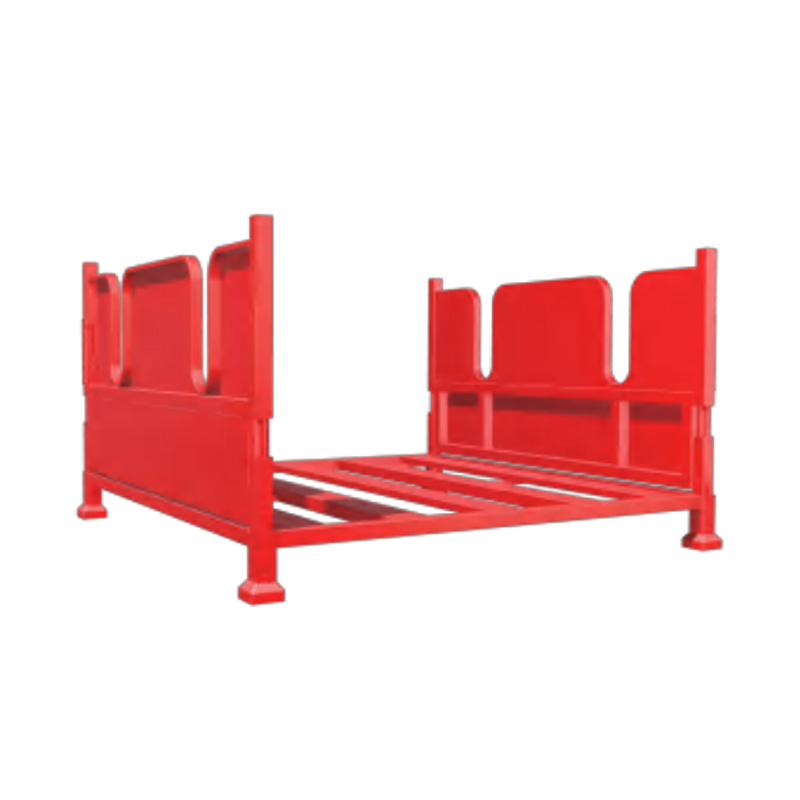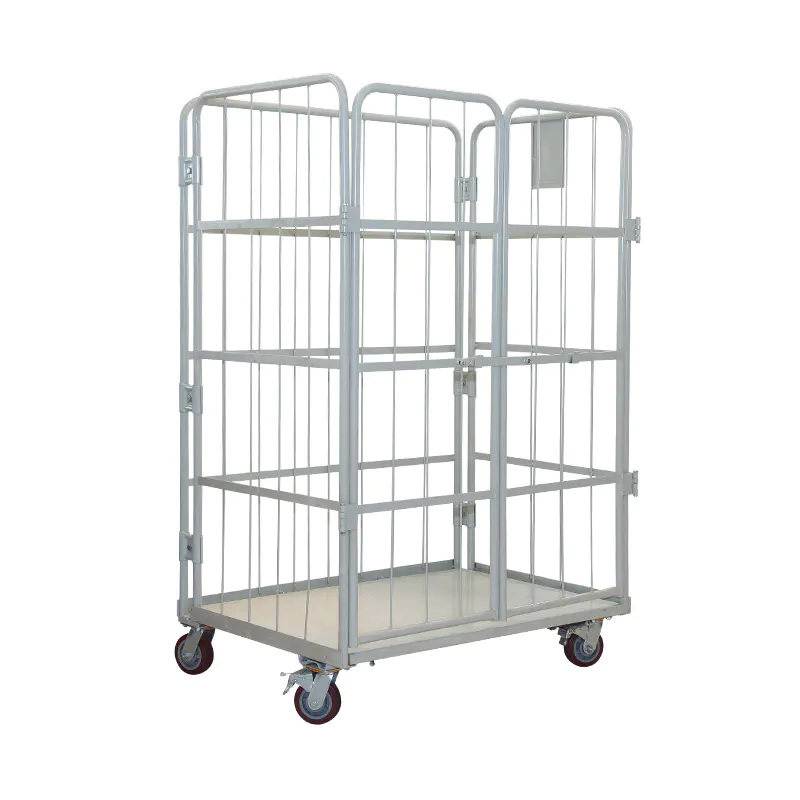Don't hesitate to send a message
Web Menu
Product Search
Exit Menu
What are the different configurations available for the ggd pallet stacking rack?
The ggd pallet stacking rack is a versatile storage solution designed to optimize warehouse space and improve inventory management. Its modular design allows for various configurations, catering to different storage needs, load capacities, and facility layouts. Understanding the available configurations helps businesses select the most efficient setup for their operations.
Static vs. mobile configurations
One of the fundamental distinctions in ggd pallet stacking rack configurations is whether the system is static or mobile. Static configurations are fixed in place, making them ideal for warehouses with consistent storage needs and stable floor plans. These racks are typically more affordable and easier to install but lack flexibility in reconfiguration.
On the other hand, mobile configurations incorporate wheeled bases or sliding mechanisms, allowing the racks to be moved as needed. This setup is beneficial in facilities requiring frequent reorganization or those with limited space, as it enables compact storage when not in use. However, mobile systems often come at a higher cost and may require reinforced flooring to support the additional mechanical components.
Single-tier vs. multi-tier stacking
The ggd pallet stacking rack can be arranged in single-tier or multi-tier configurations, depending on vertical space availability and accessibility requirements. Single-tier setups consist of one level of pallet storage, making them suitable for facilities with low ceilings or where quick access to all inventory is necessary. This configuration is common in retail backrooms or smaller warehouses.
Multi-tier stacking, meanwhile, maximizes vertical storage by allowing pallets to be stacked in multiple layers. This approach is ideal for high-bay warehouses with ample vertical clearance. However, proper load distribution and stability must be ensured to prevent accidents. Some multi-tier systems include integrated safety features such as guardrails or locking mechanisms to enhance security.
Selective vs. drive-in/drive-through configurations
Another critical consideration is whether the ggd pallet stacking rack will follow a selective or drive-in/drive-through design. Selective configurations provide direct access to each pallet, making them ideal for facilities with high inventory turnover or a wide variety of SKUs. This setup allows forklifts to retrieve any pallet without needing to move others, improving efficiency in fast-paced environments.
In contrast, drive-in and drive-through configurations are designed for high-density storage, where space optimization is a priority. Drive-in racks allow forklifts to enter from one side, storing pallets in a last-in, first-out (LIFO) sequence. Drive-through racks, meanwhile, enable access from both ends, supporting first-in, first-out (FIFO) inventory management. These configurations are best suited for bulk storage of homogeneous products with lower turnover rates.
Cantilever and mezzanine-integrated designs
For specialized storage needs, the ggd pallet stacking rack can be configured in cantilever or mezzanine-integrated designs. Cantilever racks are ideal for storing long, bulky items such as pipes, lumber, or furniture. They feature arms extending from vertical columns, eliminating the need for front supports and allowing easy loading and unloading of oversized goods.
Mezzanine-integrated racks combine pallet storage with elevated work platforms, effectively doubling usable space in a facility. This configuration is particularly useful in warehouses where additional floor space is needed for order picking, packaging, or office areas. The integration of a mezzanine level requires careful structural planning to ensure compliance with safety regulations.
Adjustable vs. fixed beam configurations
The flexibility of the ggd pallet stacking rack can be further customized through adjustable or fixed beam setups. Adjustable beam configurations allow for height modifications, accommodating pallets of varying sizes. This adaptability is advantageous in facilities handling diverse product dimensions, as it eliminates wasted vertical space.
Fixed beam configurations, while less flexible, offer greater structural stability and are often used in high-capacity storage environments where uniformity in pallet size is maintained. These systems are generally more cost-effective for long-term, standardized storage solutions.
The ggd pallet stacking rack offers a wide range of configurations to suit different storage requirements, from static and mobile setups to selective and high-density designs. By understanding these options, businesses can optimize their warehouse space, improve operational efficiency, and enhance safety. The key is to assess factors such as inventory turnover, product dimensions, and facility constraints before selecting the most appropriate configuration.
Summary of Key Configurations
| Configuration Type | Best Use Case | Advantages | Considerations |
|---|---|---|---|
| Static | Stable storage layouts | Cost-effective, easy installation | Limited flexibility |
| Mobile | Space-constrained facilities | Maximizes floor space | Higher cost, requires reinforced flooring |
| Single-tier | Low-ceiling warehouses | Easy access, simple structure | Lower storage density |
| Multi-tier | High-bay storage | Maximizes vertical space | Requires careful load management |
| Selective | High SKU variety | Direct pallet access | Less dense than drive-in systems |
| Drive-in/Drive-through | Bulk homogeneous storage | High-density storage | LIFO/FIFO limitations |
| Cantilever | Long/bulky items | No front obstructions | Not for standard pallets |
| Mezzanine-integrated | Multi-level operations | Adds workspace | Requires structural reinforcement |
| Adjustable beams | Variable pallet sizes | Flexible height settings | Slightly less stable than fixed beams |
| Fixed beams | Uniform pallet sizes | High stability | Inflexible for diverse products |
By carefully evaluating these configurations, businesses can implement a ggd pallet stacking rack system that aligns with their operational needs, ensuring both efficiency and safety in warehouse management.
-

Product specification:This Warehouse wire mesh Multi-Tier Order Picking Trolley adopts a chassis and side panel structur...
See Details -

Foldable pallet cages are an important tool in factory logistics. They play an important role in transportation, distrib...
See Details -

Product specification:The chassis is made of a square tube frame, with a bottom metal sheet tray that can be folded up a...
See Details -

Stacking rack, also known as Qiaogu rack or stacking rackIt is a transportation and storage device derived from pallets ...
See Details -

Product specification:Container structure made of L-Type plate frame with 50×50 wire mesh, with base support.Surface tre...
See Details
-
Building B5, No. 138, Weixi Road, Weixi Village, Weitang Town, Xiangcheng District, Suzhou City, China.
-
Tel:
+86-13862140414
+86-13951110334 -
Phone: +86-512-65905480





